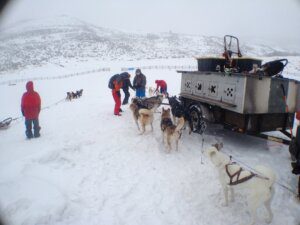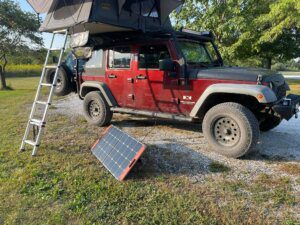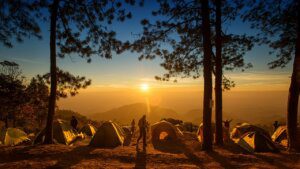Learn about this site, Adam’s passion for the outdoors, his many adventures, and where it all started.
Wander with us as we tour all over the US and abroad. Ghost towns to weird roadside stops and everything in between.
I share the essential gear I use on my adventures, from tents and sleeping bags to kitchen essentials and more.
What is Wander The Road?
Wander the Road is a website dedicated to helping people plan and execute their dream road trips. We provide comprehensive guides on everything from choosing the right vehicle to packing the perfect road trip kit. We also offer a variety of resources, such as maps, itineraries, and travel tips. Whether you’re a seasoned road tripper or a first-timer, we have everything you need to plan a successful and unforgettable journey.
At Wander the Road, we believe that road tripping is the best way to see the world. It’s a chance to escape the hustle and bustle of everyday life and explore new places at your own pace. We want to help you make the most of your road trip, so we provide you with all the information you need to plan a safe, efficient, and enjoyable journey.













![Paul’s Boots – A Story Larger Than The AT – [Video]](https://www.wandertheroad.co/wp-content/uploads/2024/03/Pauls-Boots-300x137.png)



















